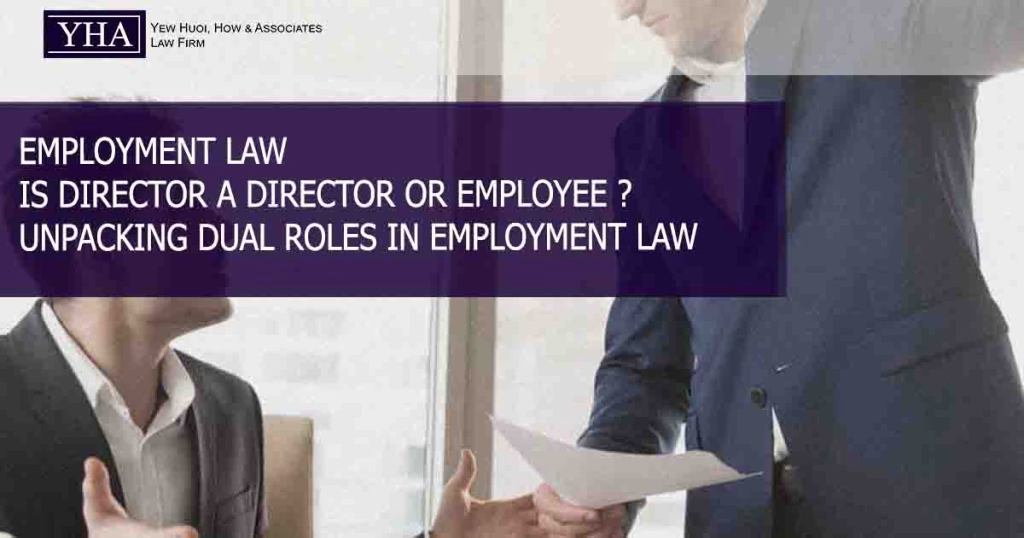Summary and Facts
In Woon Kim Choy v Acexide Technology Sdn Bhd & Anor and another appeal [2024] MLJU 3109, the appellants, Woon Kim Choy and Chang Heng Keong, were removed as directors of Acexide Technology Sdn Bhd during an Extraordinary General Meeting (EGM) convened by the majority shareholders. Following their removal, the appellants initiated claims for minority oppression and also sought remedies for alleged unlawful dismissal under the Industrial Relations Act 1967 (“IRA”).
Legal issues
i. Whether the appellants as executive directors of the Company, were also engaged as employees of the Company and so qualify as a “workman” under the IRA?
ii. Whether evidence such as EPF and SOCSO contributions and income tax deductions constitute indicia of an employment relationship?
iii. Whether the reliefs claimed in a minority oppression action by the appellants as shareholders of the Company preclude their claim for compensation in lieu of reinstatement for unlawful dismissal as an employee/ “workman”?
Court Findings
- The Court of Appeal (“COA”) held that executive directors may hold dual roles as both directors and employees of a company if evidence supports the existence of an employment relationship.
- The evidence show that the appellants were assigned with specific roles and duty. Both were paid by monthly salary and allowance. The appellants joined the company on 3.11.2016 and were given 20,000 shares without any fees.
- The Court of Appeal also found that there were contributions to EPF, SOCSO, and monthly income tax deductions. These were deemed strong indicia of an employment contract.
- The COA also ruled that minority oppression claims, premised on shareholder rights, do not preclude separate claims for compensation for unlawful dismissal under the IRA.
- The Court concluded that the appellants, despite being directors, qualified as “workmen” under the IRA and that their removal as directors did not equate to lawful dismissal as employees. The Industrial Court’s dismissal of their claims was set aside.
Practical Implications
This decision shows the dual capacity in which individuals can serve as both directors and employees of a company. It affirms that removal as a director does not necessarily terminate employment unless due process is followed under the IRA. Companies should carefully document roles and responsibilities to avoid ambiguity, and directors seeking protection should ensure clear employment terms. The case also highlights the importance of adhering to statutory definitions and procedural fairness in employment disputes.

